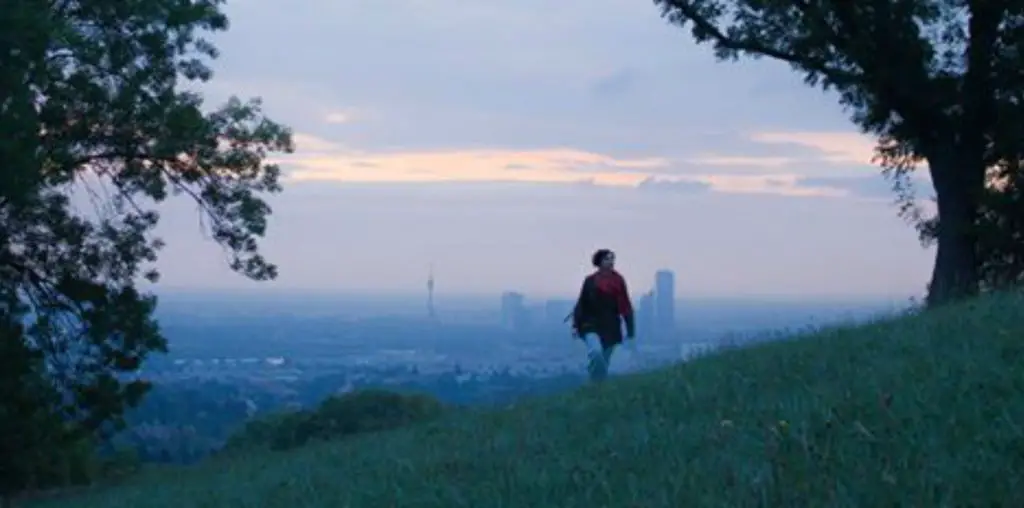
“That’s My Face” is a document of filmmaker Thomas Allen Harris’ attempt to bring resolution to three generations of racial and cultural identity and spiritual beliefs. It was never going to be easy as Harris’ grandfather and mother always seemed to be at the vanguard of those issues in their day. His grandfather, Albert Sidney Johnson, was one of W.E.B. Dubois “Talented Ten”. His generation, which preferred to be called “colored”, was the generation of Ralph Ellison, and embraced the Christian church and many elements of European culture. Johnson was heavily active in the African Methodist Episcopal church in the Bronx.
Harris’ mother, Rudean Leinæng, rebelled. Of the generation that preferred to be called “black”, she truly embraced the Pan-African culture. It was within this sphere of influence that Harris was first introduced to religions such as Santeria and its Brazilian cousin Candomble.
For Harris, the real eye-opener came when he was eleven-years-old and his mother got a teaching job in Tanzania. For the next two years the whole family actually lived in Africa, in Dar-Es-Salaam, a relatively modern city that looked kind of like Miami. Though American in attitude when he got there, Harris was keenly aware of how much he had changed by the time he got back to the Bronx. Upon his return he was constantly confronted with the stereotypes of Africa that were held by the African-American community. The congregation of the AME church also took a dim view of the religions and practices found on the “dark continent”.
In adult life, Harris found that he still had much to resolve, so he embarked on his own journey of discovery, this time to Brazil. While much of his past is presented through the large amount of home movies documenting his childhood, Brazil is presented in new footage shot as Harris sought to find his own identity, his own face.
Now while this all sounds like a great spiritual journey, there are a few problems with the manner in which we get there. With all of the footage shot, there is no synch sound. Instead the soundtrack consists of music (appropriate to era and location) and narration from Harris and others. The structure of the film was created only at the editing stage, not when any of the footage was actually shot. The end result is that while much of the film is fascinating, many stretches feel like you’re just watching somebody’s home movies (which you are), with too much camera movement and lack of concentration. It’s too bad as there’s great material here demonstrating the parallels and contrasts between African deities and the Christian holy figures and saints. You get the feeling both this film and Harris’ sense of identity would have greatly benefited from the same thing: if the filmmaker had learned much earlier just to focus.
